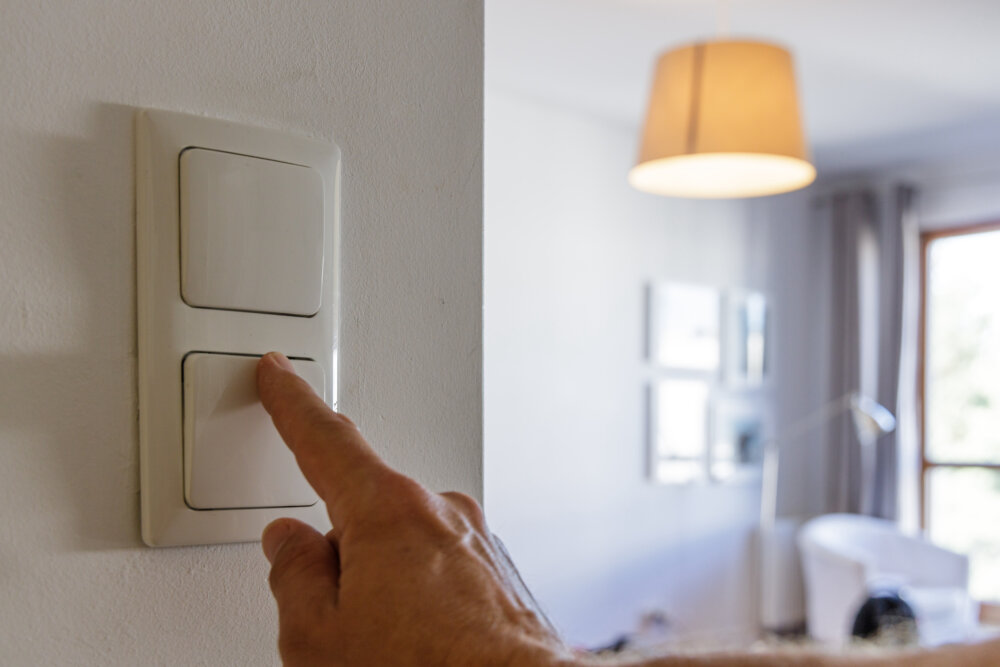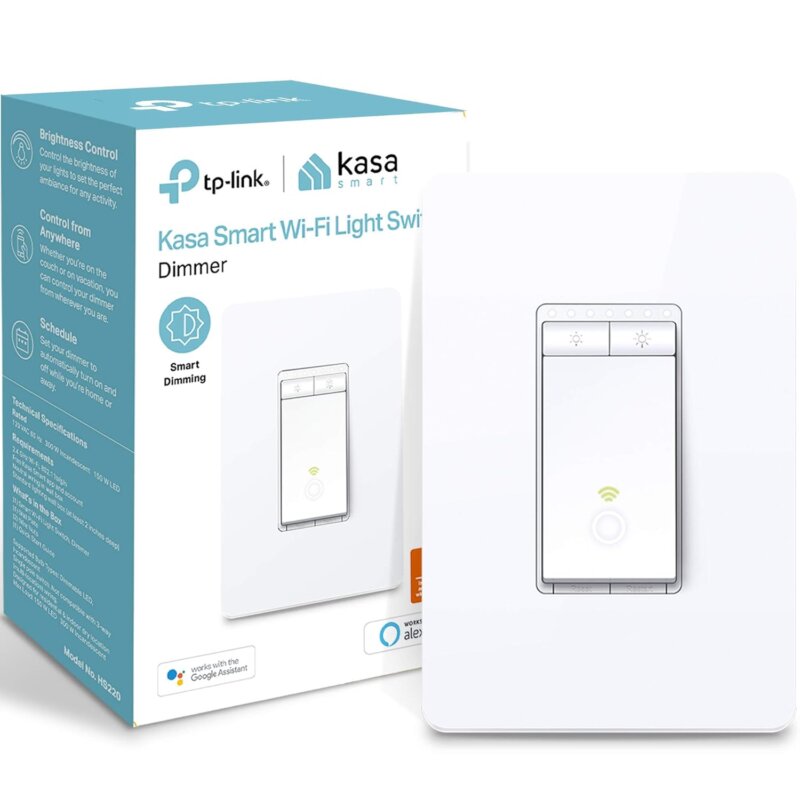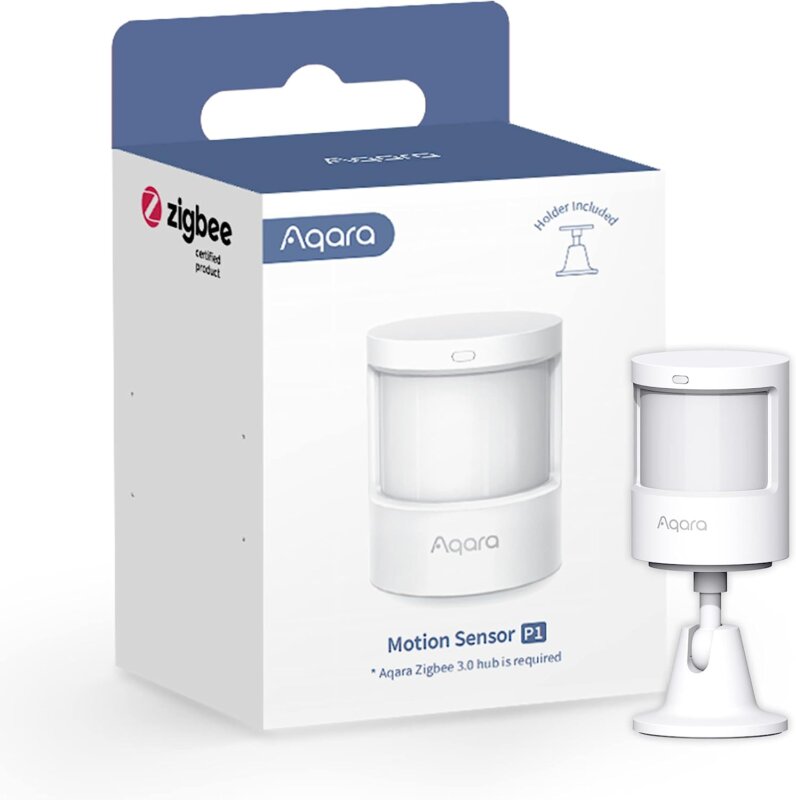The products and services mentioned below were selected independent of sales and advertising. However, Don't Waste Your Money may receive a small commission from the purchase of any products or services through an affiliate link to the retailer's website.
From an early age, our parents reinforce certain behaviors so much that they’re almost hardwired in us. Cover your mouth when you cough. Wear clean underwear. And of course, turn the lights off when you leave a room.
There are, of course, good reasons to do all those things. But how much are you really saving on your electric bill by being a diligent “switch-hitter?” And how can you make it even easier to save?

The True Cost Of Leaving The Lights On
There’s a fair bit of math involved in how many pennies a day are disappearing through your wiring, but here’s the main takeaway: As long as your lightbulbs are up to date, don’t fret too much if you forget to turn off the lights in a room or two.
American homeowners were already transitioning from incandescent to LED or fluorescent bulbs even before the Biden administration effectively banned the sale of new general purpose incandescents in 2023. There’s a good reason for that. At roughly $5 each, LED bulbs are more expensive, but you’re likely to save more than $5 in a single year of use.
A 12-watt LED lightbulb produces about the same amount of light as a 60-watt incandescent bulb, and it does so without producing heat. Every watt you use ticks up your energy bill by a minuscule amount, so let’s say that your power company charges 11 cents per kilowatt-hour (a relatively cheap rate). Leaving that one incandescent bulb on for 1,000 hours costs you $6.60, but the LED bulb costs $1.32 for the same amount of time. If you’re using a slightly less efficient 15-watt compact fluorescent bulb (CFL), those 1,000 hours cost you $1.65.
Those numbers are a big incentive to update your lamps if you’re still using incandescents, but keep things in perspective. Even if you’re keeping all the lights on at full blast, large appliances like your refrigerator still probably account for the lion’s share of the electric bill.

When To Turn Off The Lights
If you remember to turn the lights off when you leave a room, you’re still saving money no matter what’s inside your lamp, right? Not necessarily. Again, it depends on what kind of bulb you’re using.
LED and incandescent bulbs may be miles apart in terms of efficiency, but they have one thing in common: It’s good practice to turn them both off on the way out. LED bulbs don’t use any extra power to turn on or off, so you might as well. The initial heating of the filament inside an incandescent light does require a bit more power, and each time you do it causes a little wear… but since the overall cost is more expensive, it’s best to keep incandescent bulbs off whenever they’re not needed.
CFL bulbs work differently. If you watch most bulbs of this type, you may notice they take a little time to fully brighten up. They emit light when the argon vapor in their main spiral tube gets a jolt of electricity. That process takes substantially more power than turning on an incandescent bulb — as well as more time, and it can also more greatly affect the life of the bulb.
For that reason, the U.S. Department of Energy recommends that you use a “15 minute” rule when it comes to CFL lighting: If you’re going to be gone for less than 15 minutes, leave it on. Any more than that, go ahead and switch it off.
Timer Switches And Dimmers: An Energy Saver’s Best Friends
All this is good intel to have, but you’ve got a life to live. If you’re micro-stressing about electricity every time you leave or enter a room, let technology come to the rescue.
Dimmer switches have been around for awhile, and they’re a good way to both save money and set the mood. Exact savings will vary widely depending on whether you’re using them on LEDs or incandescents, but the science is clear-cut: Dimmers reduce power flow to the bulb, and that reduces your bill. Check before you buy, though: Many CFL bulbs don’t play well with dimmer switches, and using them with the wrong ones can even be dangerous.

If you’re looking for an affordable dimmer with tons of options, the Kasa Smart Dimmer Switch HS220 is a solid choice. This UL-certified switch installs with relative ease and can be paired with your smartphone, Alexa or Google Assistant. You can set lights on a timer or even make them randomly switch on when you’re away from home to make burglars think twice. The Kasa HS220 requires a neutral wire, so make sure your home is up to code if it was built during or before the 1980s.

Motion sensors and smart timers can save you the bother of having to think about the lights at all. If you already have a virtual assistant like the Amazon Echo or Google Nest, you can set it up to turn lights on when its internal motion sensor is triggered. If you want a more dedicated system, try the Aqara Motion Sensor P1. It’s fully compatible with Alexa and HomeKit, and can be programmed to trigger your sound system, TV and heat when you enter the room. There are also a ton of timing options for when you’re out of town.
Remember, as long as you’re using LED bulbs, the amount you save with a strict lights-out regimen will probably be measured in the tens per year, not the hundreds. There’s never a good reason to waste power, but don’t waste too many tears over it either!
This story originally appeared on Don't Waste Your Money.


